odp
265 to 288 of 297 locations
-
The Horse Sanctuary
The Horse Sanctuary
3768 HL Soest
-
Henschoter lake
Henschoter lake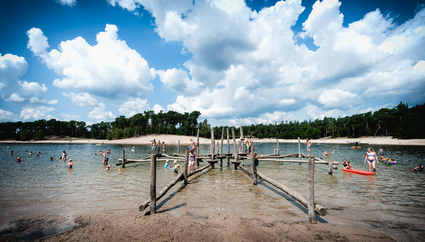
3931MK Woudenberg
-
TOP Breukelen
TOP Breukelen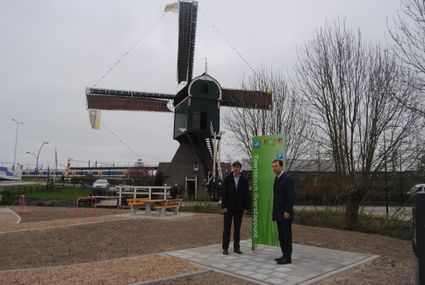
Stationsweg 105
3621 LK Breukelen
-
TOP Het Gagelgat
TOP Het Gagelgat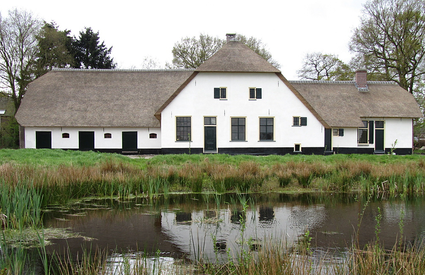
3768 HD Soest
-
TOP De Linielanding
TOP De Linielanding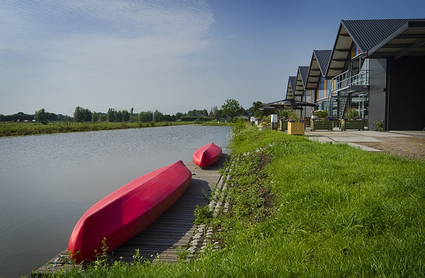
3433 NV Nieuwegein
-
Museum Vredegoed
Museum Vredegoed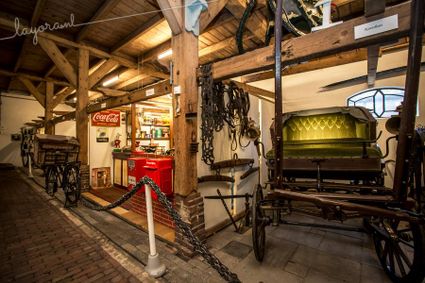
3612 BA Tienhoven
-
Koppelpoort (gate)
Koppelpoort (gate)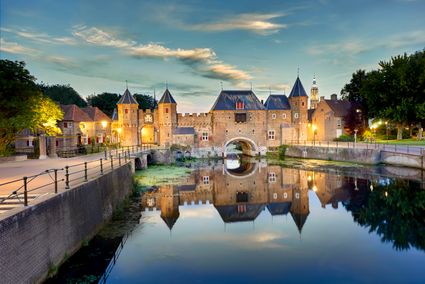
3811 MG Amersfoort
-
Volmolen
Volmolen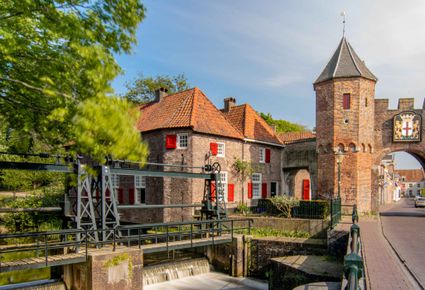
Plantsoen Noord 2
3811 GH Amersfoort
-
Grebbe Line Visitor's Centre
Grebbe Line Visitor's Centre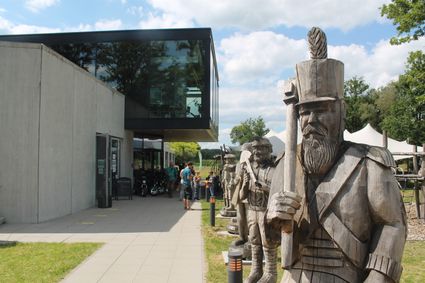
Buursteeg 2
3927EJ Renswoude
-
Centraal Museum
Centraal Museum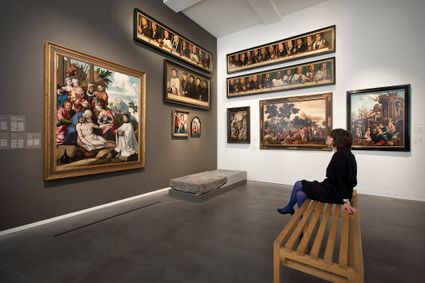
3512 XA Utrecht
-
Sawmill De Ster
Sawmill De Ster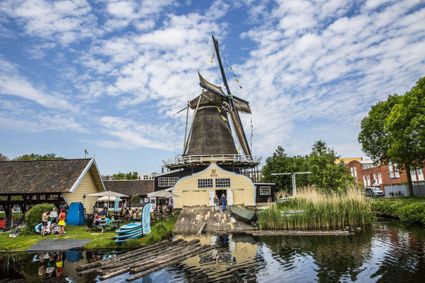
3531 ET Utrecht
-
Bungalowpark 't Eekhoornnest
Bungalowpark 't Eekhoornnest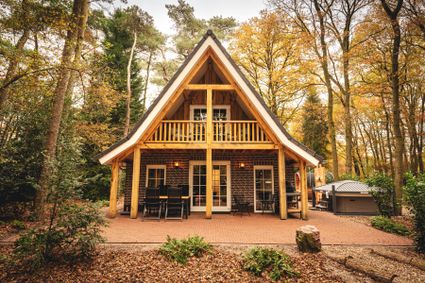
3768 HL Soest
-
Fort Everdingen aan de Lek
Fort Everdingen aan de Lek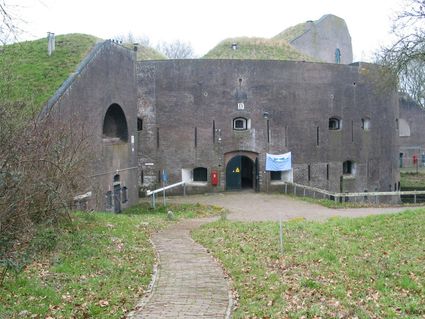
4121 KK Everdingen
-
Landgoed Zuylestein
Landgoed Zuylestein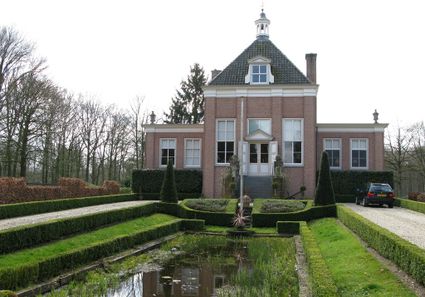
3956 CH Leersum
-
Heidestein Estate
Heidestein Estate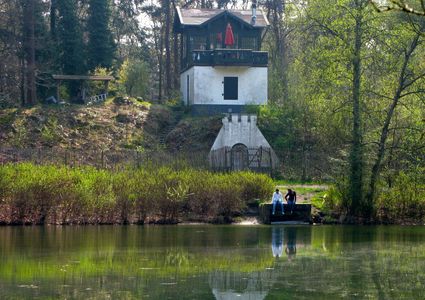
3708 WN Zeist
-
Fort Uithoorn
Fort Uithoorn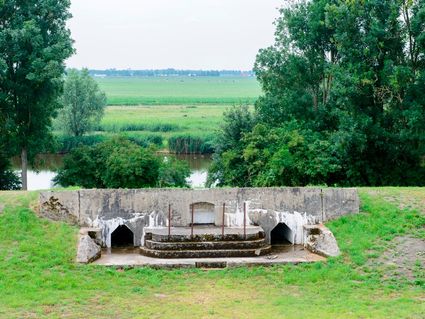
1427 AV Amstelhoek
-
TOP Zeist Castle
TOP Zeist Castle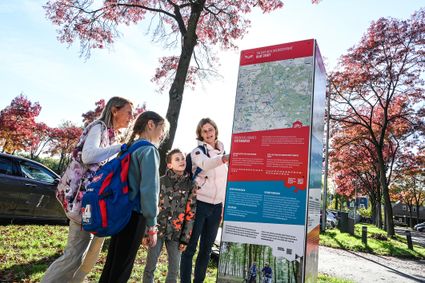
3703 CE Zeist
-
Wineyard Hoog Beek & Royen
Wineyard Hoog Beek & Royen
3708JA Zeist
-
Bicycle Boat, stop NIeuwersluis
Bicycle Boat, stop NIeuwersluis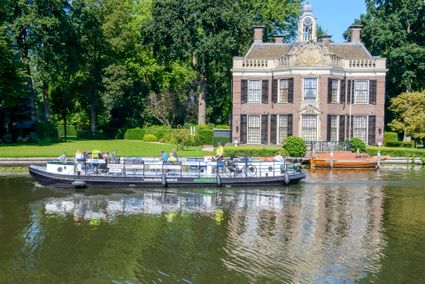
zandpad 9
3631 NK Nieuwersluis
-
Papal house
Papal house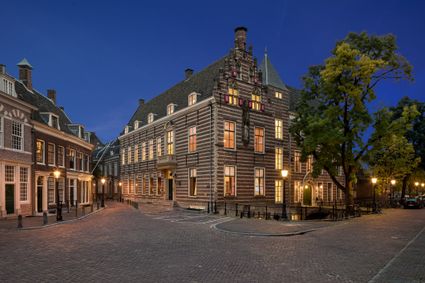
3512 HE Utrecht
-
Fort Maarsseveen
Fort Maarsseveen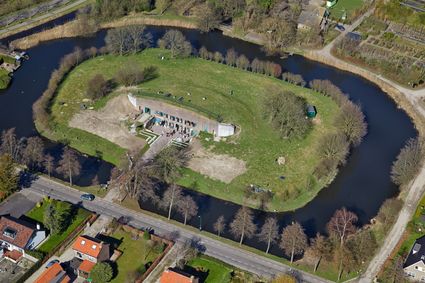
Herenweg 2
3602 AM Maarssen
-
Fort Abcoude
Fort Abcoude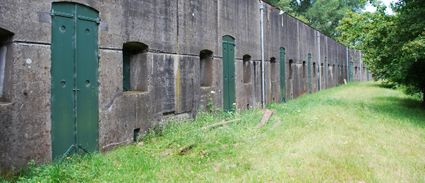
1391 CG Abcoude
-
Museum Hoge Woerd
Museum Hoge Woerd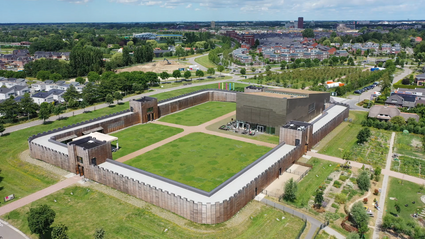
3454 PB De Meern
-
Fort Werk aan de Groeneweg
Fort Werk aan de Groeneweg
Walking through the historic trenches of Werk aan de Groeneweg is like a walk back in time. The defence structure still has its original configuration. The infantry set-up in World War One consisted of a double trench with earthen walls, 55 group shelters and lovely fruit trees.
The grounds are a fantastic playground for children. You can have a great time here roaming around, crawling through a trench, playing hide and seek and participating in an exciting search and experience walk of about 2 km, with soldier Vendrik as your guide.
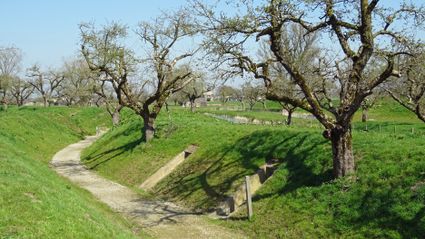
3998 Schalkwijk
-

